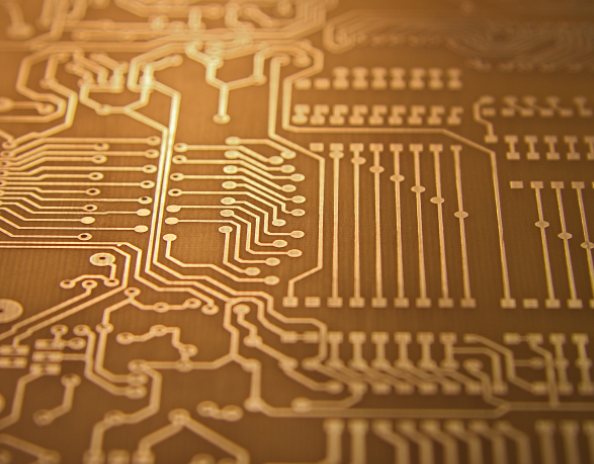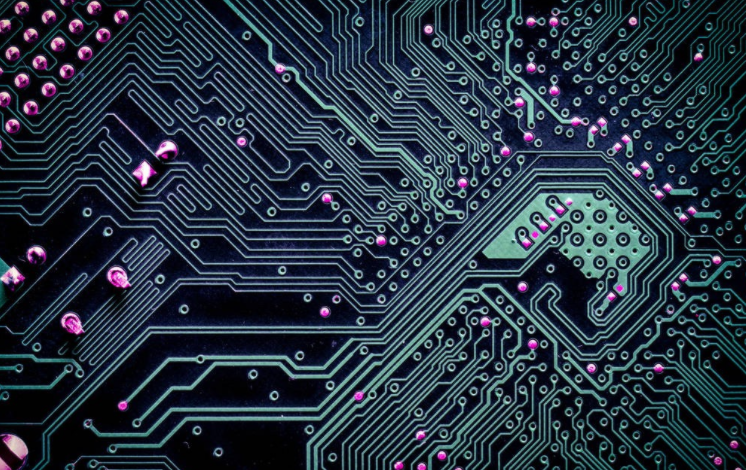

About a printed circuit board suitable for high temperature resistance
We all know that designers are squeezing out more effICient printed circuit boards The power density is rising, and the subsequent high temperature will cause serious damage to the conductor and dielectric Temperature rise, whether due to I2R loss or environmental factors, will affect thermal resistance and resistance, leading to unstable system performance, even if it is not a complete failure This difference in thermal expansion rates between conductors and dielectrics (a measure of the tension of a material to expand when heated and contract when cooLED) can cause mechanical stress, which may lead to cracks and connection failures, especially when the circuit board is regularly heated and cooled. If the temperature is high enough, the dielectric may lose its structural integrity completely, making the first domino in trouble
Heat has been affecting PCB performance Designers are used to including heat sinks in PCB However, today's high power density design requirements often overwhelm the traditional PCB thermal management practices
Reducing the impact of high temperature will not only have a profound impact on the efficiency and reliability of high temperature PCB, but also have an impact on the following factors:
Component (or system) weight
Application Size
Expenses
Power requirements
Circuit board

High temperature PCB is usually defined as a PCB with Tg (glass transition temperature) higher than 170 ° C.
For continuous heat load, a SIMple rule of thumb should be followed for high temperature PCB at operating temperature below Tg 25 ° C.
Remember, if your product is in the temperature range of 130 ° C or higher, it is recommended to use high Tg data.
In this article, we will discuss some design methods and technologies used in high-temperature PCB manufacturing and PCBA to help designers cope with high-temperature applications.
PCB heat dissipation technology and design considerations
Heat is dissipated through one or more mechanisms (radiation, convection, conduction). The design team must keep these three factors in mind when deciding how to manage the temperature of systems and components.
Heavy copper plate
Radiation
Radiation EMIts energy in the form of electromagnetic waves. We tend to think that it only emits light, but the fact is that any object with a temperature higher than absolute zero radiates heat. Although heat dissipation usually has the least impact on the performance of the circuit board, it may sometimes be the straw that breaks the CAMel's back. In order to effectively remove heat, the electromagnetic wave should have a relatively clear path away from the heat source. The reflecting surface blocks the outflow of photons and recombines a large number of photons at its source. If unfortunately, the reflecting surfaces form a paraboloidal mirror effect together, they will concentrate the radiant energy of many light sources and focus it on the unfortunate part of the system, thus causing real trouble.
Convection
Convection transfers heat to fluids (air, water, etc.). Convection is "natural": the fluid absorbs heat from the heat source, the density decreases, rises from the heat source to the radiator, cools, the density increases, then returns to the heat source, and then repeats the process. (Recall the "rainfall loop" in primary school) Other convection is "forced" by fans or pumps. The key factors affecting convection are temperature difference between heat source and coolant, heat transfer difficulty of heat source, heat absorption difficulty of coolant, coolant flow rate and heat transfer surface area. Liquid absorbs heat more easily than gas.
Conductivity
Conduction is heat transfer through direct contact between heat source and radiator. In many ways, it is similar to the current: the temperature difference between the source and the sink is similar to the voltage, the heat transferred in the organization time is similar to the ampere number, and the difficulty of heat passing through the heat conductor is similar to the current. Conductivity. In fact, the factors that make up a good conductor usually also make up a good thermal conductor, because they represent the form of molecular or atomic motion. For example, copper and aluminum are excellent heat conductors and conductors. A larger conductor cross-section can add heat and electronic conductivity. Just like a circuit, a long and tortuous flow path will seriously reduce the efficiency of the conductor.
Generally, the main mechanism of heat dissipation from the circuit board is to transmit heat to a suitable radiator and conduct heat convection to the environment But most of the heat is usually taken away through specially designed channels (called "hot aisles" or "hot aisles") This PCB radiator is relatively large and has a high emissivity surface (usually corrugated or found to further increase the surface area), bonding with a conductive (such as copper or aluminum) backing, which is a labor-intensive process Fans are usually used to provide cooling airflow In extreme cases, the cooling air itself can be cooled in a gas-liquid heat exchanger
然后
聯(lián)系
電話熱線
13410863085Q Q

微信

- 郵箱










